|
by Jie Zhang, SUNY University Faculty Senate Equity, Inclusion and Diversity Committee
0 Comments
by Shikira Fisher, SUNY Plattsburgh Contributed by Colleen Pope Lemza, SUNY University Faculty Senate Communications Committee SUNY has made changes to its general education framework. The updated program now includes course requirements for diversity, equity, inclusion and social justice in order to prepare students for the real world.
The changes aim to provide students with a 21st-century education, said Philosophy Chair and Chair of the General Education Committee at SUNY Plattsburgh Donald Maier. “These courses are helpful because they prepare students for the world we live in today. Every student needs to learn the basics that are key to functioning in society no matter what their major is,” said Wendy Gordon, SUNY Plattsburgh’s Cardinal Core Curriculum coordinator, about the updated framework. The requirements were created to make sure all undergraduates have a foundation, regardless of degree or area of study. According to the SUNY general education Vision Statement, the system wants to give students the highest quality education, deep and engaged learning and overall success. The program is also meant to be transferable between all SUNY institutions. “The general education program is great because it gets students to step outside of their comfort zone and see the world from a different perspective,” said Maier. SUNY Plattsburgh has renamed its general education program to the Cardinal Core Curriculum. by Shikira Fisher, SUNY Plattsburgh Contributed by Colleen Pope Lemza, SUNY University Faculty Senate Communications Committee In March 2020, all 64 SUNY campuses were shut down due to COVID-19. Classes swiftly switched from in-person to online. Students were attending classes only through phones and laptops. This rapid shift affected not only students but faculty and staff as well. Everyone was forced to change their known way of learning and teaching to adapt to the new normal. Now in 2023, students are back in the classroom, but in-person learning isn't the same as it was prior to COVID.
When campuses were fully remote, we saw the positives and negatives of remote learning. It became clear that in-person learning allows students and teachers to connect and communicate in a way they couldn’t do online. “If I’m in the classroom with you I can see your face, and I can see you struggling, and I can figure out how to help. It’s hard to do that online,” said Provost and Vice President for Academic Affairs at SUNY Plattsburgh Anne Herzog. by Jesse Taylor, SUNY Plattsburgh Contributed by Colleen Lemza, SUNY University Faculty Senate Communications Committe
by Shikira Fisher, SUNY Plattsburgh Student Contributor; Contributed by Colleen Lemza, SUNY UFS Communications Committee Online vs In-person Learning In March 2020, all 64 SUNY campuses were shut down due to COVID-19. Classes swiftly switched from in-person to online. Students were attending classes only through phones and laptops. This rapid shift affected not only students but faculty and staff as well. Everyone was forced to change their known way of learning and teaching to adapt to the new normal. Now in 2023, students are back in the classroom, but in-person learning isn't the same as it was prior to COVID.
When campuses were fully remote, we saw the positives and negatives of remote learning. It became clear that in-person learning allows students and teachers to connect and communicate in a way they couldn’t do online. “If I’m in the classroom with you I can see your face, and I can see you struggling, and I can figure out how to help. It’s hard to do that online,” said Provost and Vice President for Academic Affairs at SUNY Plattsburgh Anne Herzog. |
AuthorsWrite for the University Faculty Senate!! Archives
October 2023
Categories
All
|
© COPYRIGHT 2015. ALL RIGHTS RESERVED.




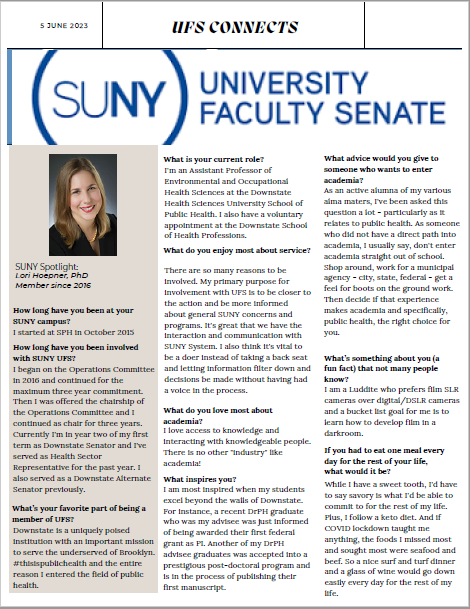
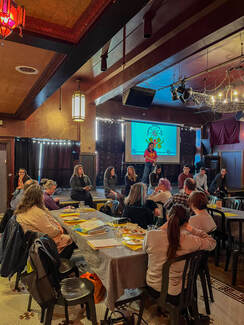
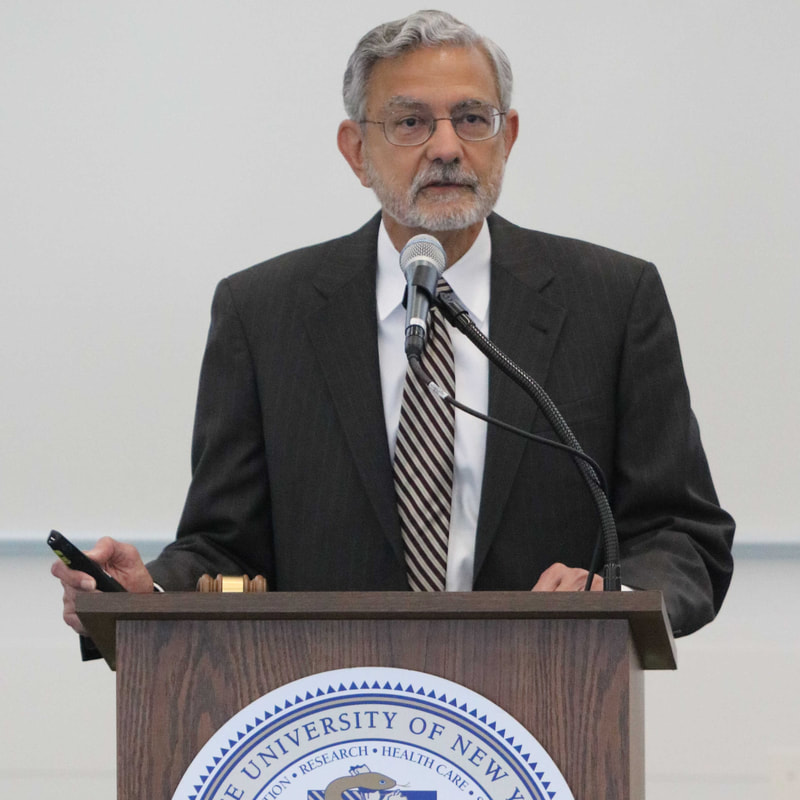




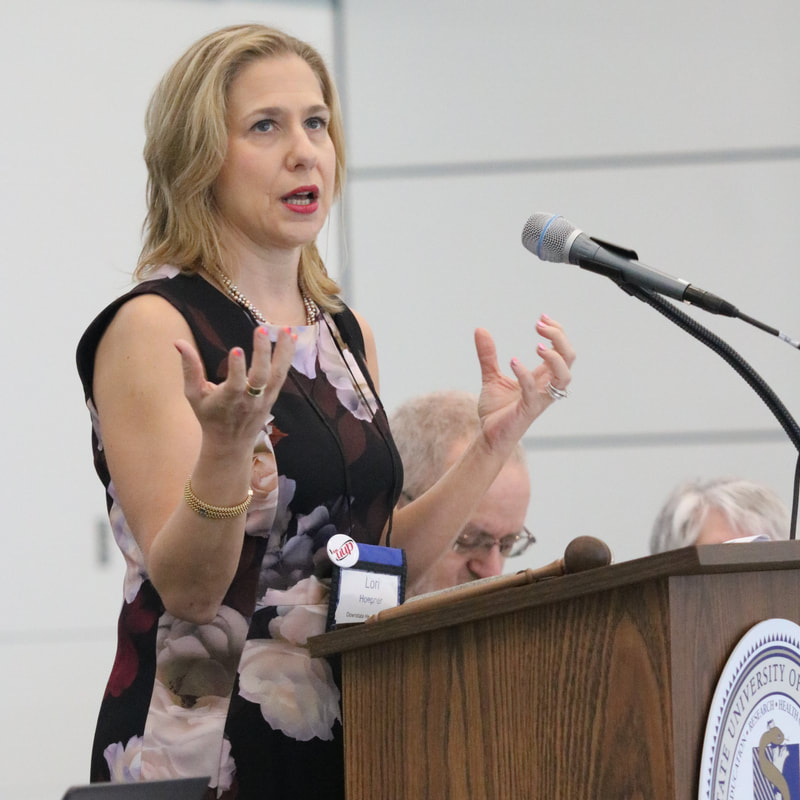


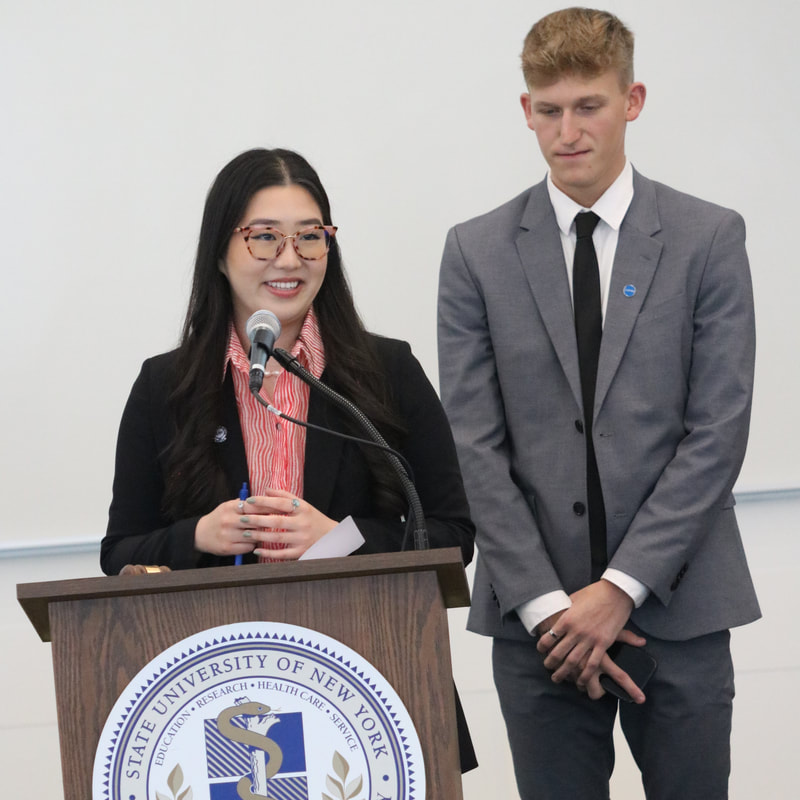


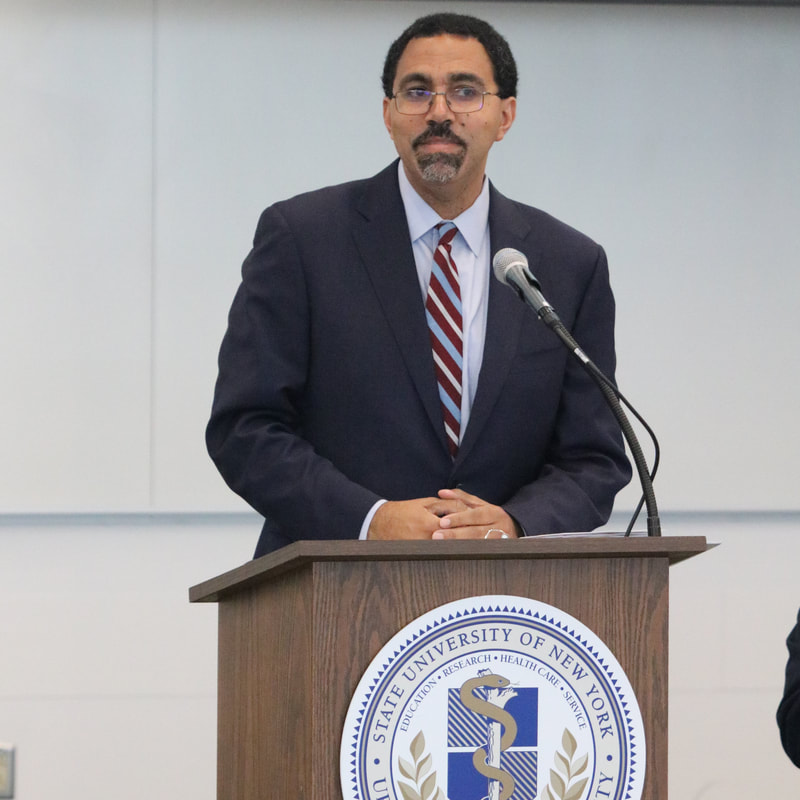
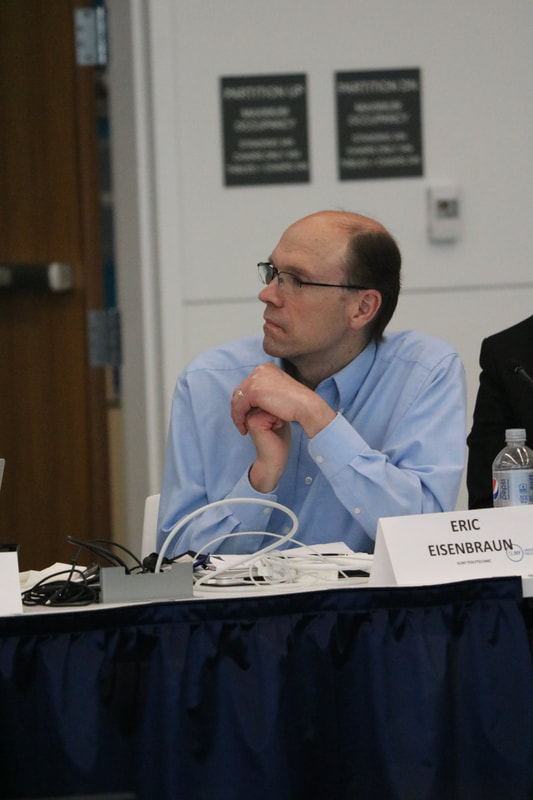


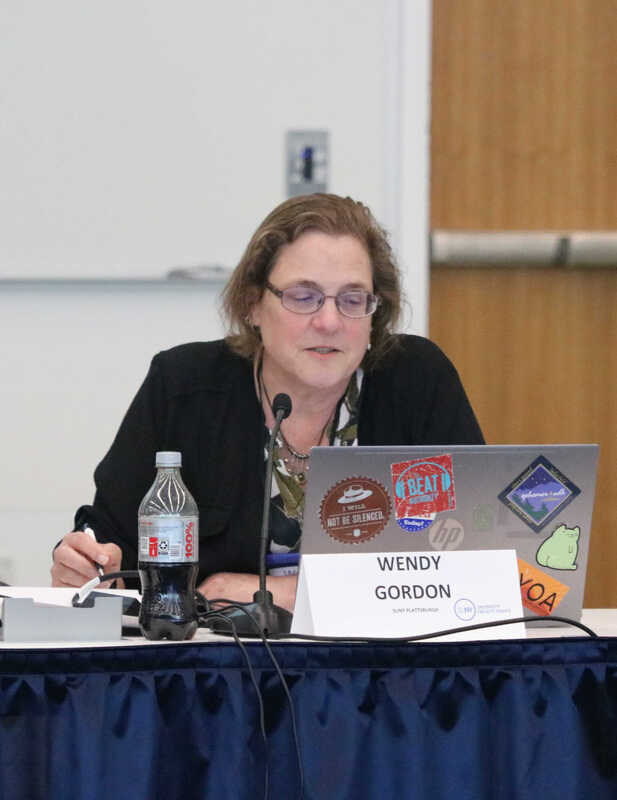
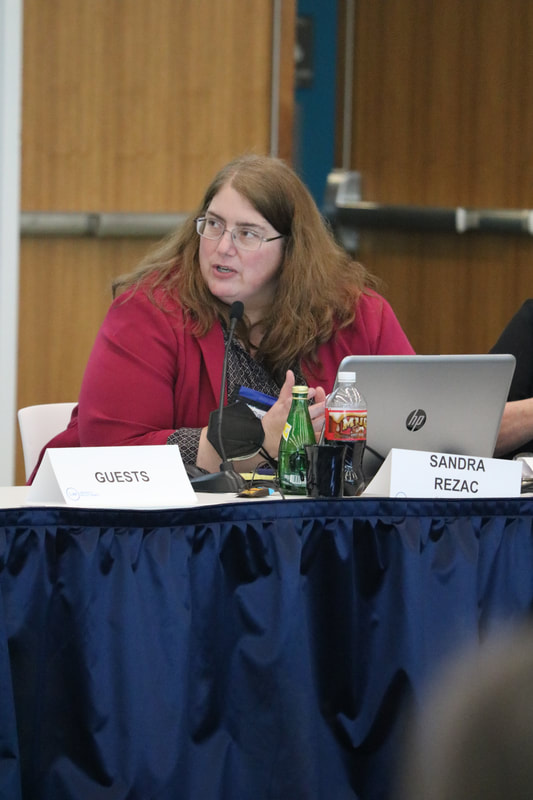
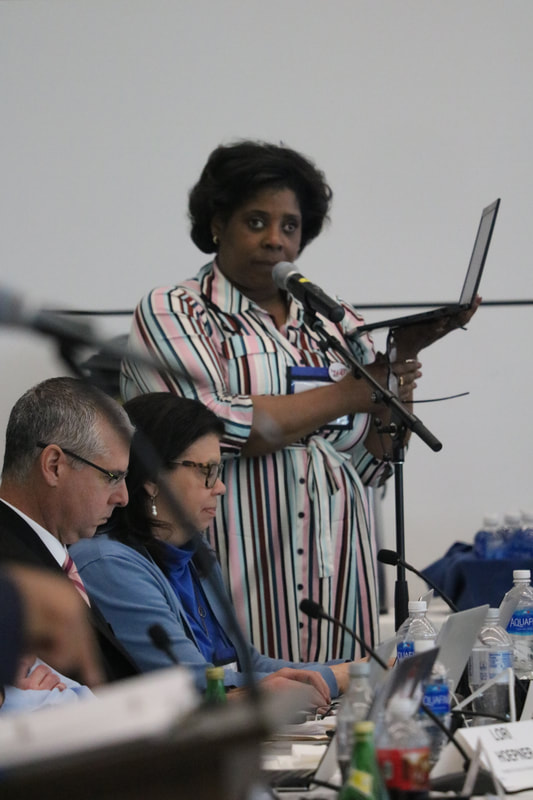
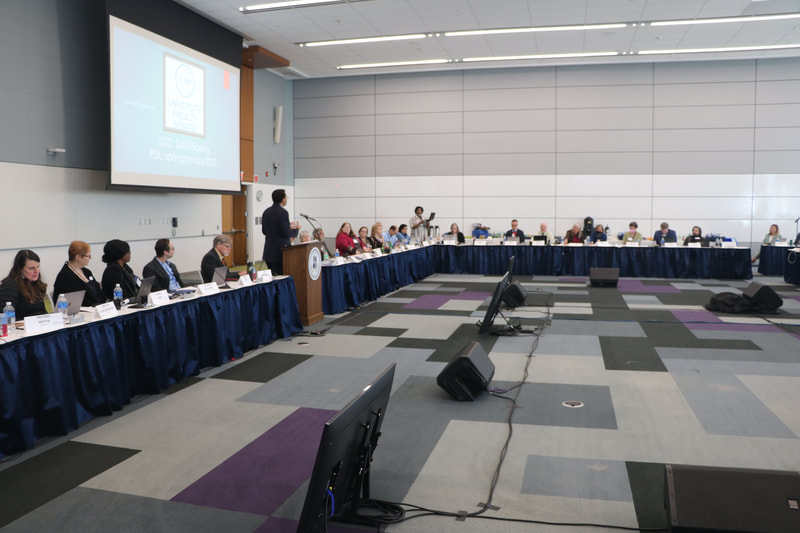



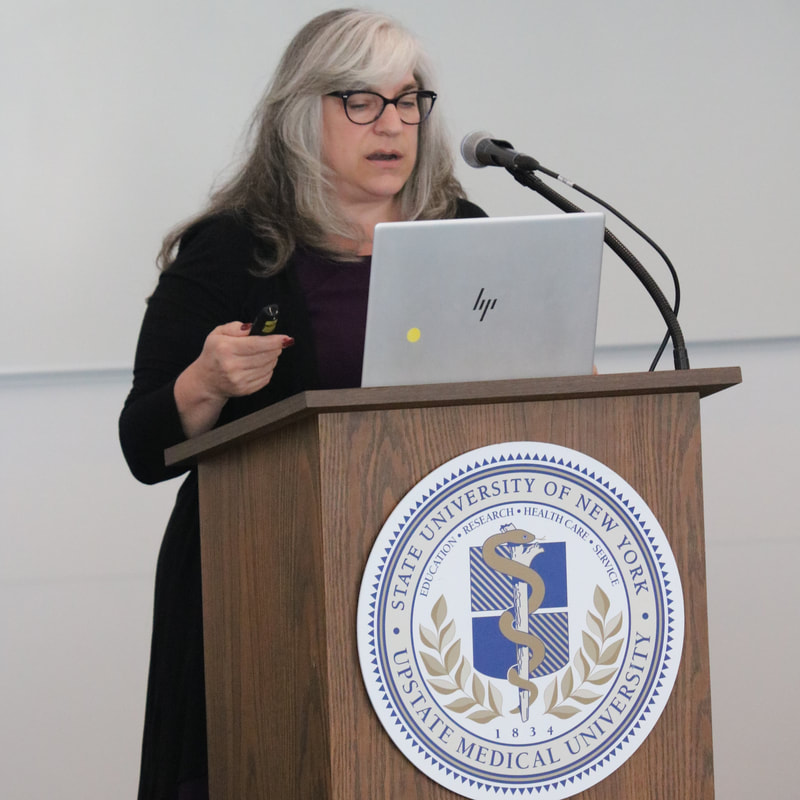


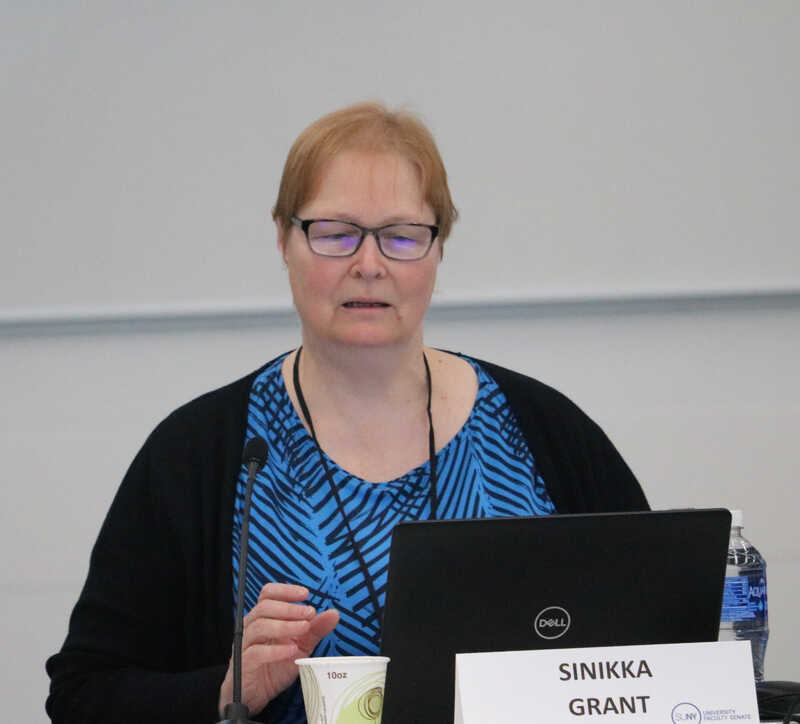
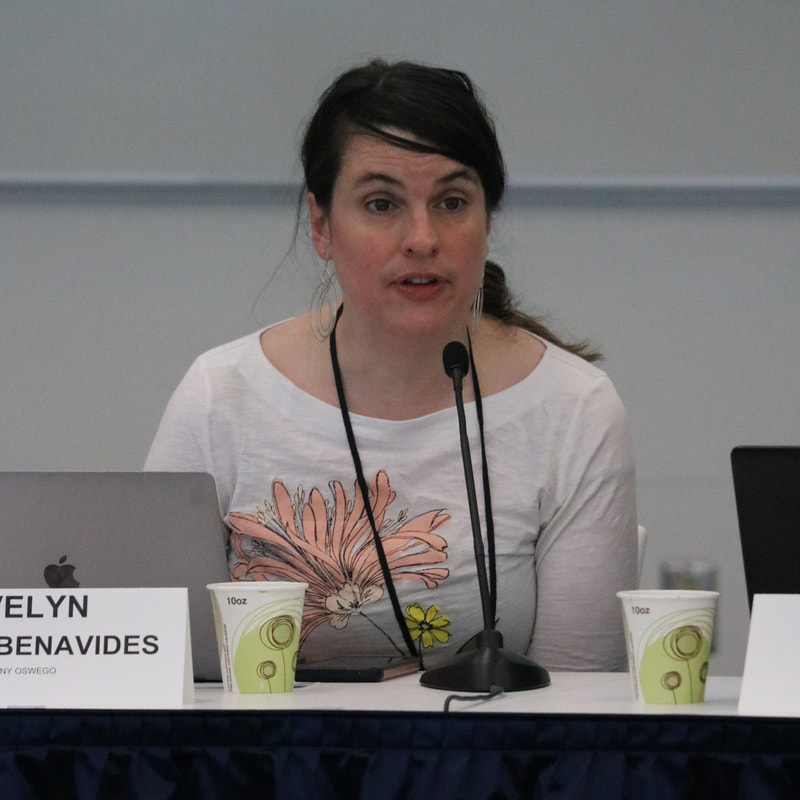


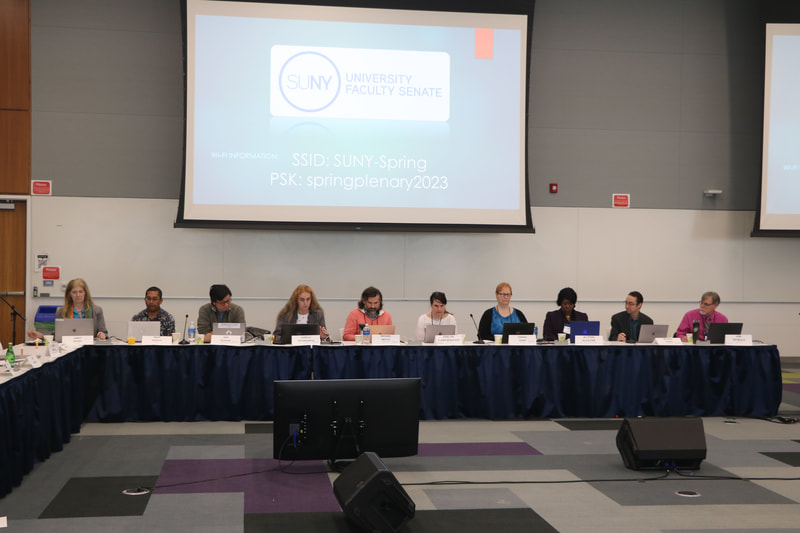





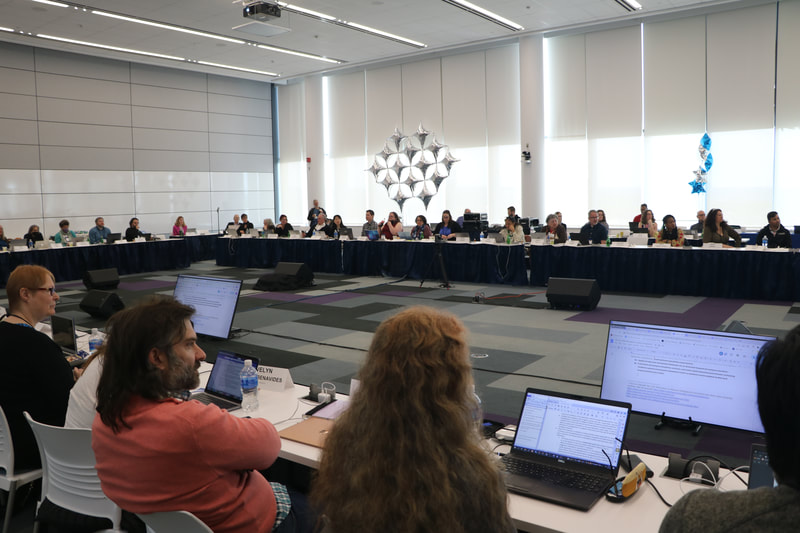
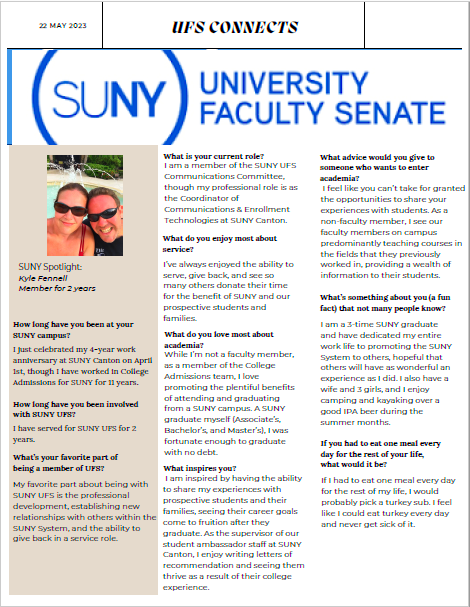


 RSS Feed
RSS Feed